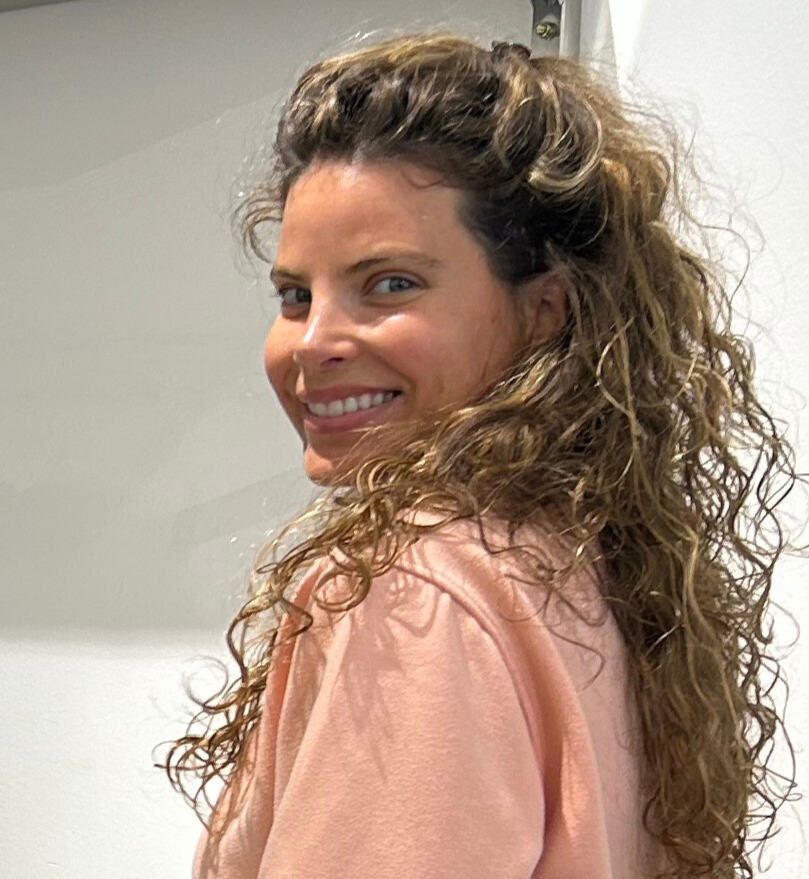Hello Guillaume. Can you describe your role as Lead Frontend Developer at Inforca?
Hi Alisée! I mainly work on projects for the Government of Monaco. I'm responsible for the technical integration of user interfaces, with a focus on front-end architecture, while ensuring compliance with the standards defined by the DSN UX/UI team.
I use a stack (a set of tools and technologies used to develop the user interface) consisting of Ibexa, AlpineJs and TailwindCSS.
My role is to create high-performance, visually appealing interfaces.
This also includes a consultative aspect, where I validate designs so that they can be integrated into our design system. I don't work alone: on a daily basis, I collaborate with the government's creative teams.
Can you share a few examples of projects where you've combined fullstack development and UI/UX design, and of which you're particularly proud?
A recent example is our work on the monservicepublic.mc and monentreprise.mc websites. These are key platforms for the Government of Monaco's online services.
Although the user experience was handled by an in-house team, I played a central role as a consultant for the feasibility of certain features, such as the creation of the Fiche démarche.
This ensured smooth development, while meeting design and performance expectations. More recently, we worked closely with the Government's designers on the Culture.mc project.
The idea was to adjust the mock-ups to our technical constraints, while improving the user experience in certain respects.
And when you work on these projects, how do you balance technical development with the creation of a fluid and intuitive user experience?
The balance is achieved through constant discussion and collaboration between ourselves and the creative and technical teams in government.
For example, on the Culture.mc project, we had to adjust some of the initial models. They were too ambitious given the technical constraints and the time available. Thanks to open communication and our SCRUM master, who facilitates the link between the teams, we were able to find solutions that met the deadlines, while improving certain aspects of the user experience.
My role as Lead Developer means that I have to suggest technical adjustments... bearing in mind the impact on the end user.
How does Inforca support you in your day-to-day work, both technically and creatively?
Inforca gives me the freedom to propose new solutions and working methods to improve processes.
For example, we've started integrating Symfony UX into our Ibexa stack to make it easier to manage components and improve efficiency.
The team is also very receptive to feedback on UI/UX mock-ups, which allows us to refine designs while taking technical constraints into account right from the early stages of development.
This collaborative approach is essential to maintaining a high level of quality in our projects.
In your opinion, what are the most interesting emerging trends in web development and UI/UX design?
The mobile-first approach is a priority in our projects, and all our models are designed to offer an optimal experience on both mobile and desktop devices.
We've also started to integrate micro-interactions via AlpineJS to make interfaces more engaging.
Another interesting trend is the growing use of GSAP (GreenSock Animation Platform) for complex, fluid animations in web interfaces. This tool makes it possible to create sophisticated visual effects while optimising performance, particularly for transitions, scrolling animations or visual elements that attract the user's attention.
GSAP offers great flexibility, and we plan to integrate it into our future projects to improve the overall visual impact. The important thing to remember is to maintain a fluid, high-performance user experience.
On the development side, the architecture of our projects is evolving with the gradual integration of Symfony UX, which allows legacy components and new tools to cohabit harmoniously.
As for that last sentence, I have to admit that it's getting a bit technical for me... Can you explain?
Of course I can. It means that by using Symfony UX (a series of tools integrated into Symfony that simplifies the addition of interactive and modern functionalities to user interfaces), we can make the old tools already in place and the new technologies work together. Without creating any problems in the organisation of the project!
Interview by A.F, Digital Development and Events Manager at Inforca, with Guillaume, Lead Frontend Developer, at Inforca's digital agency.




